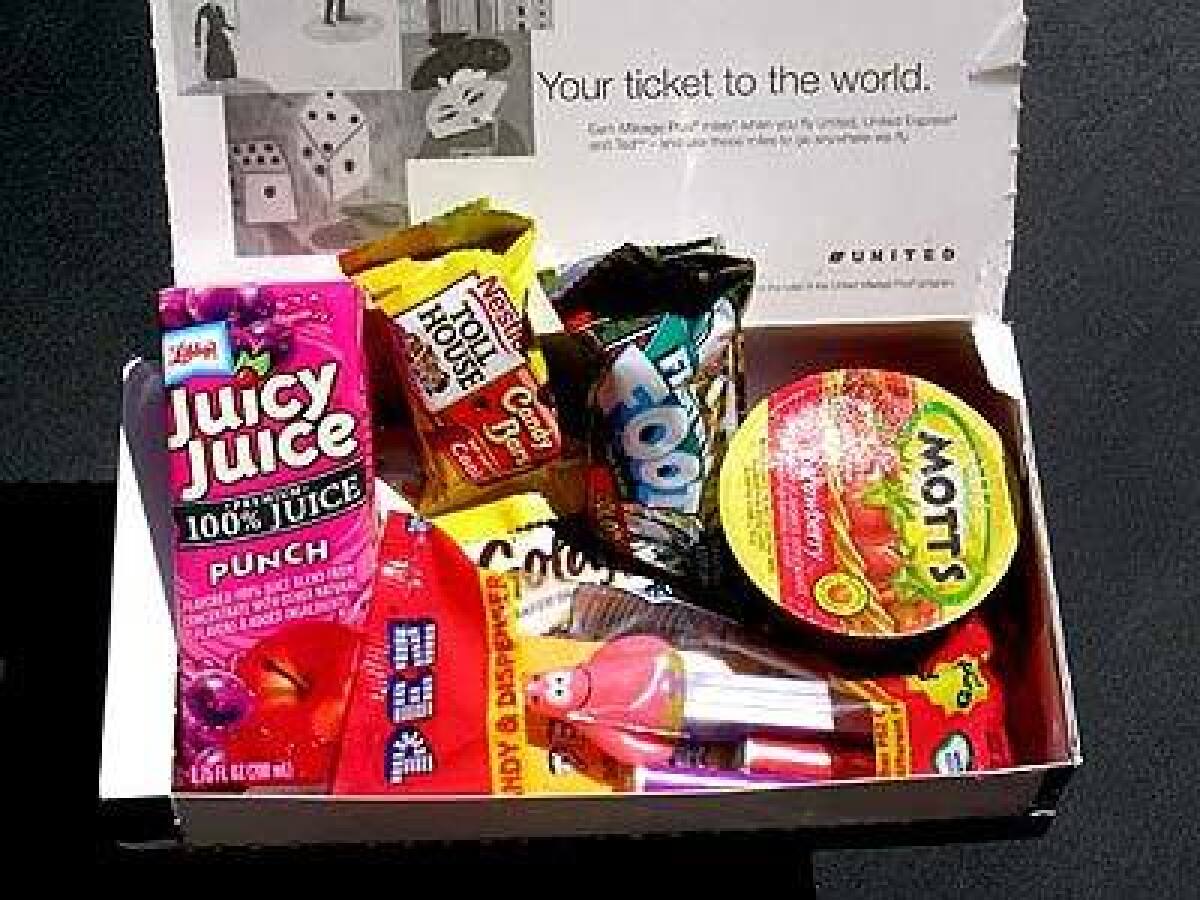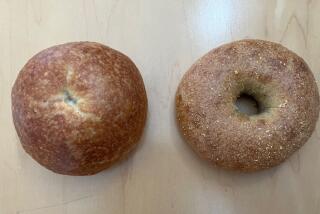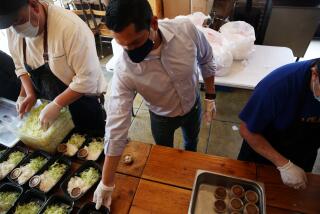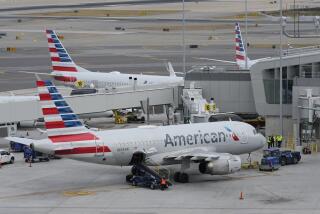Airlines packing snack boxes

Once we got free, hot meals in coach. Then just cold sandwiches. Then we paid for the sandwiches. And now comes the next evolution in airline food: snack boxes, sometimes free, often not.
American, Delta and United are among carriers that recently started replacing some or all of their domestic meal service with bagged or boxed snacks such as tortilla chips, cookies and dried fruits.
Airlines say the switch saves them money and may even give fliers more edibles for their buck, including some more healthful options such as granola bars and green tea. Some critics say most snack boxes contain junk food.
“It comes down to food wastage,” said United spokeswoman Robin Urbanski. “We’re not wasting food because the stuff is nonperishable.”
Since implementing buy-on-board programs in the last couple of years, airlines have had trouble predicting how many customers would buy sandwiches and salads on flights. That left fliers hungry if the airline ran out of meals or the carrier with perishable leftovers if there were not enough takers.
After snack boxes “sold out on almost every flight” when tested on its low-cost carrier Ted late last year, Urbanski said, United decided to replace its buy-on-board meal program with snacks on some flights starting last month.
Instead of lunches or dinners, typically costing about $10 and consisting of sandwiches or salads, United is offering four types of $5 snack boxes in coach on flights longer than 3 1/2 hours. The Funpack, for instance, has items such as strawberry applesauce, a Pez dispenser, Cheddar crackers and a fruit roll-up.
But United’s Jumpstart pack, which it billed as “a light, healthy choice,” didn’t impress Barbara J. Moore, president of Shape Up America, a Washington, D.C.-based nonprofit educational organization on obesity and weight management.
“They’re giving you a meal’s worth of calories and providing you with no nutritional value,” said Moore, who holds a doctorate in nutrition. “It’s appalling.”
There is some nutrition in Jumpstart: at least 18 grams of protein, for instance. On the other hand, its dried fruit and nut mix, wheat crackers, biscotti and low-fat granola bar totaled 780 calories.
Moore figured that with its fruit cup and sunflower-seed spread, neither of which listed calories, the snack box tallied more than 1,000 calories.
Responding to the criticism, United’s Urbanski said, “It’s all about moderation. You can eat the food throughout the flight and even take it off the plane and eat it later.” No one is forced to consume 1,000 calories at once.
For now, United continues to serve free, hot meals in first class and in all classes on its new “p.s.” service nonstops between Los Angeles and New York.
American also provides free meals in first class, but since Feb. 1, it has stopped doing so in domestic coach. Instead it sells $5 sandwiches and wraps and $3 snack boxes on domestic flights longer than three hours.
Delta too offers free meals in first class on flights longer than 3 1/2 hours, but last month it began replacing free meals in coach with free snacks such as cheese and crackers.
More to Read
Sign up for The Wild
We’ll help you find the best places to hike, bike and run, as well as the perfect silent spots for meditation and yoga.
You may occasionally receive promotional content from the Los Angeles Times.






